
Manase: A Tropical Haven in Samoa
Discover Manase in Samoa, where tranquil beaches, lush landscapes, and rich cultural experiences await. A perfect blend of relaxation and adventure on the beautiful island of Savaii.
Manase, a charming village on the northern coast of Savaii, Samoa, is a hidden gem that promises a serene and authentic island experience. This picturesque destination is renowned for its stunning white sandy beaches, crystal-clear waters, and lush tropical surroundings, making it an idyllic retreat for travelers seeking both relaxation and adventure. The village of Manase offers an intimate glimpse into Samoan culture and traditions. Visitors can immerse themselves in the local way of life, from attending a traditional 'ava ceremony to enjoying the vibrant sounds and dances of a fiafia night. The welcoming community is known for its hospitality, ensuring that every visitor feels like part of the family. For nature enthusiasts, Manase is a paradise. The nearby rainforest and volcanic landscapes provide ample opportunities for exploration. You can hike through verdant trails, discover hidden waterfalls, and marvel at the rich biodiversity. The crystal-clear lagoon is perfect for snorkeling and swimming, offering views of colorful coral reefs and tropical fish. Whether you prefer to unwind on the beach or embark on an adventure, Manase has something to offer everyone.
Local tips in Manase
- Carry cash as many local businesses do not accept credit cards.
- Respect local customs and dress modestly, especially when visiting villages.
- Try local delicacies such as palusami and fresh seafood.
- Consider staying in a traditional fale for an authentic Samoan experience.
- Plan your visit during the dry season (May to October) for the best weather.
Manase: A Tropical Haven in Samoa
Manase, a charming village on the northern coast of Savaii, Samoa, is a hidden gem that promises a serene and authentic island experience. This picturesque destination is renowned for its stunning white sandy beaches, crystal-clear waters, and lush tropical surroundings, making it an idyllic retreat for travelers seeking both relaxation and adventure. The village of Manase offers an intimate glimpse into Samoan culture and traditions. Visitors can immerse themselves in the local way of life, from attending a traditional 'ava ceremony to enjoying the vibrant sounds and dances of a fiafia night. The welcoming community is known for its hospitality, ensuring that every visitor feels like part of the family. For nature enthusiasts, Manase is a paradise. The nearby rainforest and volcanic landscapes provide ample opportunities for exploration. You can hike through verdant trails, discover hidden waterfalls, and marvel at the rich biodiversity. The crystal-clear lagoon is perfect for snorkeling and swimming, offering views of colorful coral reefs and tropical fish. Whether you prefer to unwind on the beach or embark on an adventure, Manase has something to offer everyone.
When is the best time to go to Manase?
Iconic landmarks you can’t miss
To-Sua Ocean Trench
Experience the breathtaking beauty of To-Sua Ocean Trench, a stunning natural swimming hole in Samoa's lush landscape, perfect for adventure seekers and nature lovers.
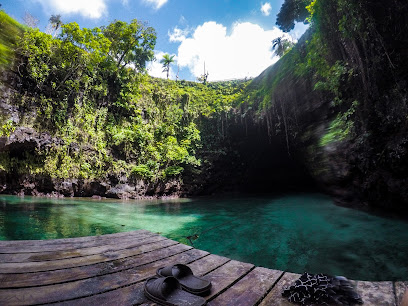
Piula Cave Pool
Explore the serene beauty of Piula Cave Pool in Faleapuna, Samoa—a breathtaking natural wonder perfect for relaxation and adventure.
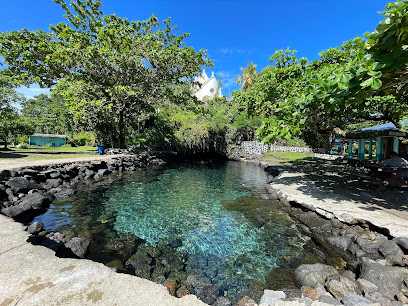
Palolo Deep Marine Reserve
Discover the vivid marine life and stunning coral reefs at Palolo Deep Marine Reserve, a must-visit destination for snorkeling and diving enthusiasts in Samoa.
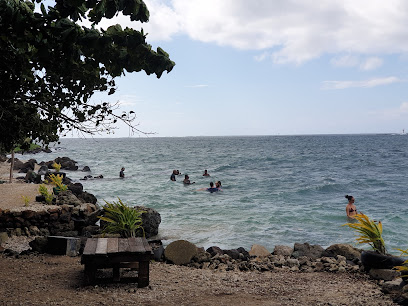
Samoa Cultural Village
Delve into the vibrant traditions of Samoa at the Cultural Village, featuring captivating performances, local crafts, and authentic cuisine.

Giant Clam Sanctuary
Explore the vibrant underwater world of the Giant Clam Sanctuary in Savaia, where nature's wonders await you in a stunning marine preserve.
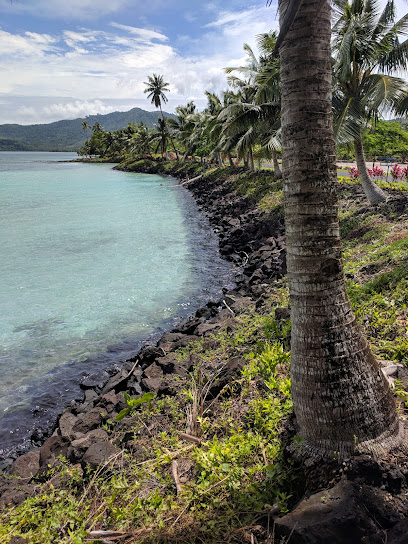
Robert Louis Stevenson Museum
Explore the captivating Robert Louis Stevenson Museum in Apia, a tribute to the beloved author’s life and literary legacy amidst stunning Samoan landscapes.
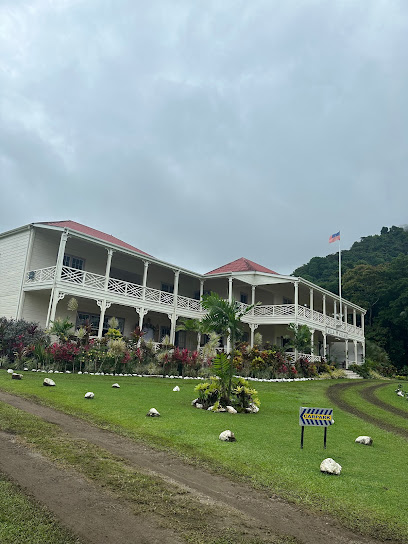
Papaseea Sliding Rocks
Discover the exhilarating natural beauty of Papaseea Sliding Rocks in Samoa, a thrilling destination for adventure seekers and nature lovers.
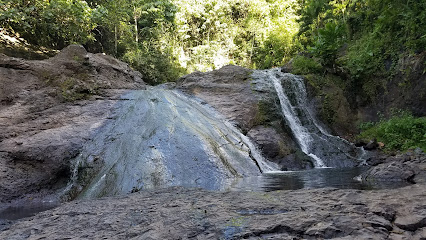
Afu Aau Waterfalls
Experience the breathtaking beauty of Afu Aau Waterfalls in Vailoa, Samoa, where nature's tranquility meets stunning landscapes.

Alofaaga Blowholes
Experience the breathtaking power of nature at the Alofaaga Blowholes, a spectacular natural attraction in Taga Salega, Samoa.
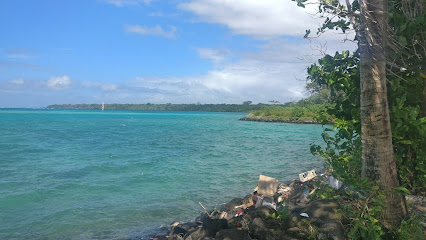
Stevensons at Manase
Discover the enchanting beauty of Stevensons at Manase, where serene beaches and rich Samoan culture create an unforgettable tropical getaway.

Swimming With Turtles
Experience the magic of swimming with turtles in Sato'alepai, where adventure meets marine beauty in the heart of Samoa's stunning waters.
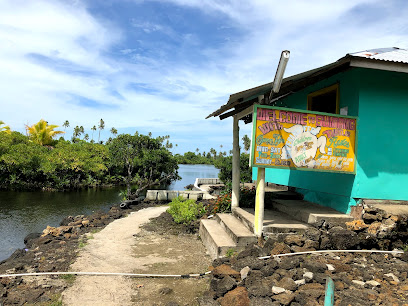
Togitogiga Waterfall
Experience the breathtaking beauty of Togitogiga Waterfall, a serene oasis in the heart of Samoa, perfect for relaxation and exploration.

Papapapaitai Falls
Experience the breathtaking beauty of Papapapaitai Falls, Samoa's tallest waterfall, where nature's grandeur awaits every traveler.
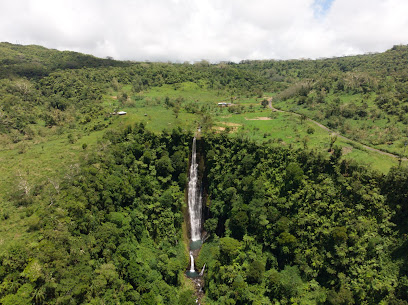
O Le Pupu-Pue National Park
Experience the breathtaking landscapes and unique wildlife of O Le Pupu-Pue National Park, a must-visit natural attraction in Samoa.
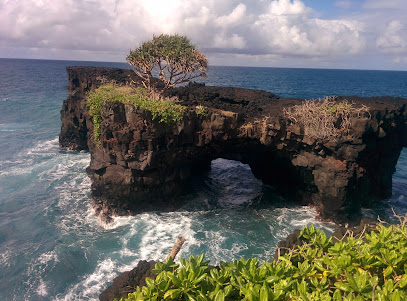
Tanu Beach Fales
Explore the unspoiled beauty of Tanu Beach Fales, a rustic retreat in Samoa that offers breathtaking views, local culture, and unforgettable experiences.
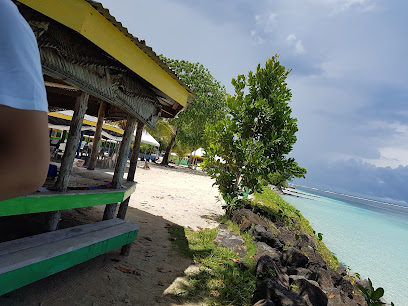
Unmissable attractions to see
To-Sua Ocean Trench
Experience the breathtaking beauty of To-Sua Ocean Trench, a stunning natural swimming hole in Samoa surrounded by lush landscapes and dramatic cliffs.
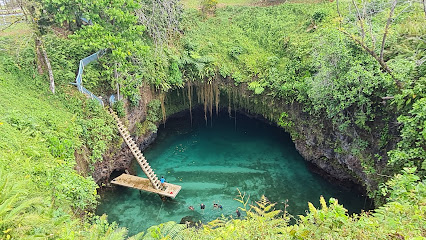
Palolo Deep Marine Reserve
Explore the vibrant underwater world of Palolo Deep Marine Reserve in Samoa, where stunning coral reefs and diverse marine life await every visitor.
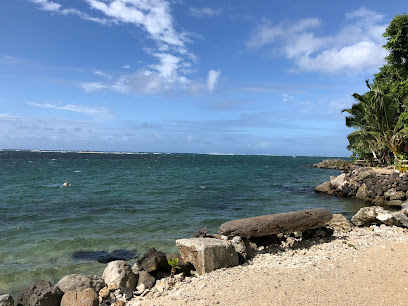
Samoa Cultural Village
Discover the rich traditions of Samoa at the Cultural Village, where authentic experiences and vibrant performances await every tourist.

Afu Aau Waterfalls
Experience the breathtaking beauty and tranquility of Afu Aau Waterfalls in Vailoa, a must-visit natural attraction for every traveler seeking adventure and relaxation.
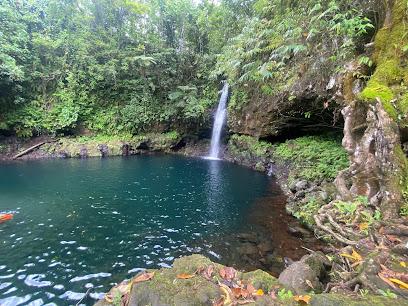
Alofaaga Blowholes
Discover the breathtaking power of nature at Alofaaga Blowholes in Taga Salega, Samoa, where the ocean creates stunning geysers of water.
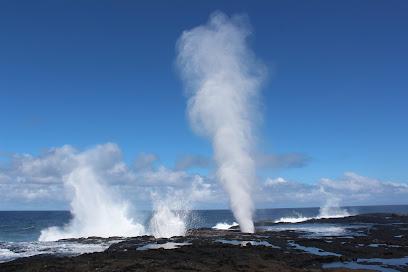
O Le Pupu-Pue National Park
Discover the breathtaking beauty of O Le Pupu-Pue National Park, a haven for nature lovers and adventure seekers in Samoa.
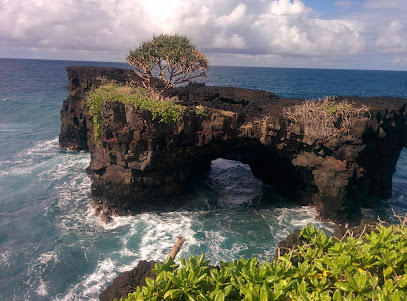
Tanu Beach Fales
Discover Tanu Beach Fales, a tranquil haven in Samoa with stunning views, authentic accommodations, and a taste of local culture.
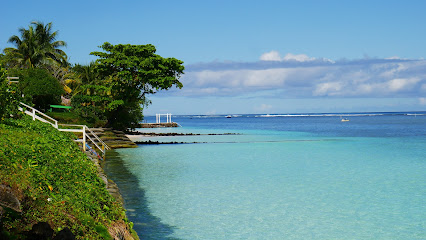
Falefa Falls
Explore the breathtaking Falefa Falls, a stunning waterfall in Samoa surrounded by lush greenery and tranquil ambiance, perfect for nature lovers and adventurers.
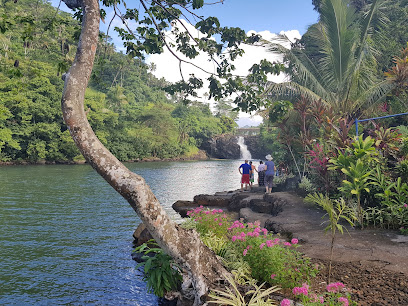
Museum of Samoa
Discover the heart of Samoa through its rich history and vibrant culture at the Museum of Samoa, a must-visit for every traveler.

Lava Field Coastal Walkway
Discover the stunning beauty of the Lava Field Coastal Walkway, a unique travel experience showcasing Samoa's volcanic landscape and breathtaking ocean views.
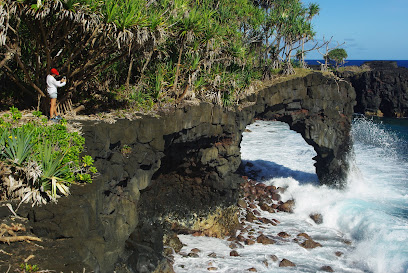
Lalotalie ECAT Ventures Samoa
Lalotalie ECAT Ventures Samoa: Experience Adventure, Culture, and Nature in the Heart of Paradise.
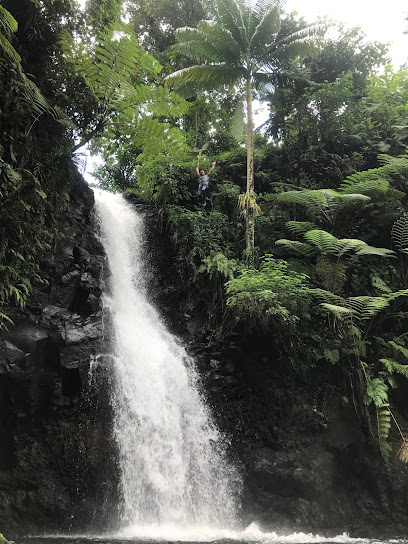
Mu Pagoa Waterfall
Explore the stunning Mu Pagoa Waterfall in Puleia, a serene natural attraction perfect for relaxation and adventure in Samoa's lush landscapes.
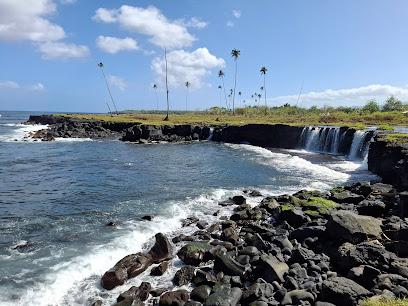
Cape Fatuosofia
Discover the breathtaking beauty and rich culture of Cape Fatuosofia, a must-visit tourist attraction in Samoa, perfect for relaxation and exploration.
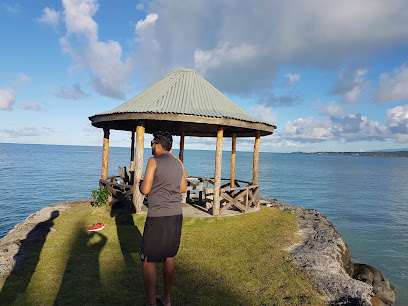
EFKS Fine Art Museum
Explore the vibrant collections at EFKS Fine Art Museum, where Samoan culture and artistry come to life in the heart of Malua.
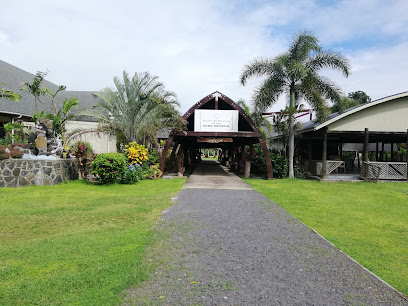
Sinaloa Waterfall
Experience the tranquil beauty of Sinaloa Waterfall in Palauli, Samoa – a hidden paradise for nature lovers and adventure seekers.

Essential places to dine
Paddles Restaurant
Discover authentic Samoan flavors at Paddles Restaurant in Apia – where every meal tells a story of culture and freshness.
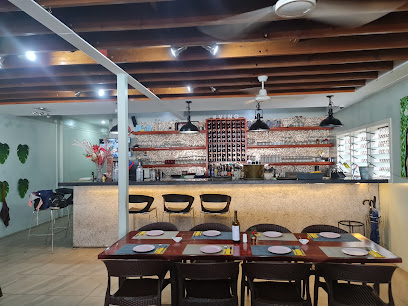
Return to Paradise Resort
Experience luxury and natural beauty at Return to Paradise Resort in Lefaga - your ultimate tropical getaway.

Sinalei Reef Resort & Spa
Discover luxury and tranquility at Sinalei Reef Resort & Spa – where paradise meets exceptional service in beautiful Samoa.

Le Lagoto Resort & Spa
Experience unparalleled luxury and natural beauty at Le Lagoto Resort & Spa on Savai'i Island - your ultimate tropical getaway.
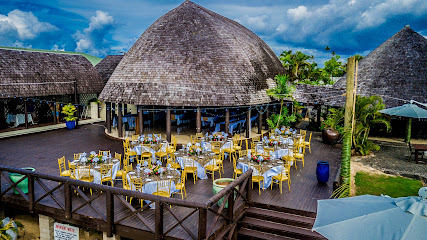
The Edge Marina, Samoa
Experience vibrant dining and nightlife at The Edge Marina in Samoa – your ultimate destination for local flavors and ocean views.
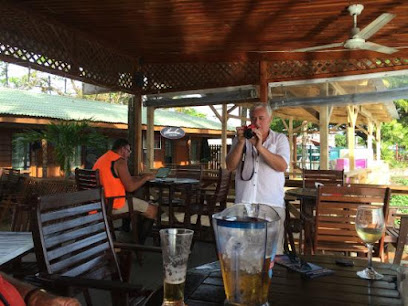
Amoa Resort Savaii
Discover paradise at Amoa Resort Savaii with stunning views, exquisite dining, and vibrant local culture.
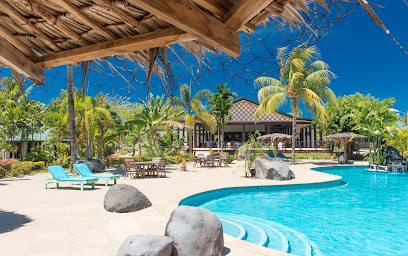
Scalini's Restaurant
Experience the vibrant flavors of Samoa at Scalini's Restaurant in Apia—where local cuisine meets warm hospitality.
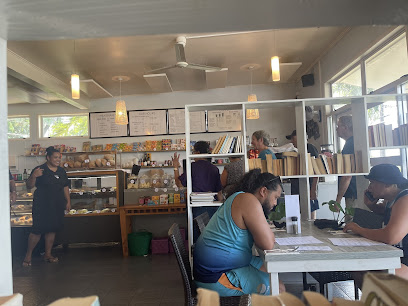
Sails Restaurant & Bar
Experience authentic Italian cuisine at Sails Restaurant & Bar in Apia, where warm hospitality meets delicious flavors.
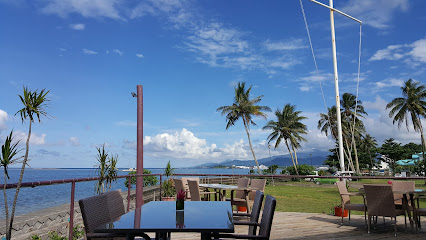
Pinati Restaurant
Discover authentic Samoan flavors at Pinati Restaurant in Apia – where every dish tells a story of culture and tradition.
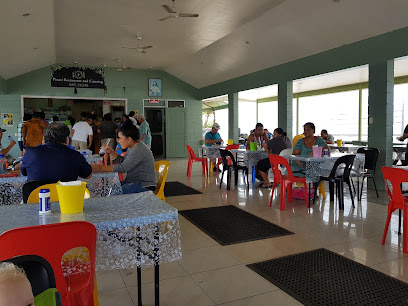
Kokobanana Bar & Grill
Discover authentic Samoan flavors at Kokobanana Bar & Grill in Moto'otua – an inviting restaurant offering delightful cuisine and tropical vibes.
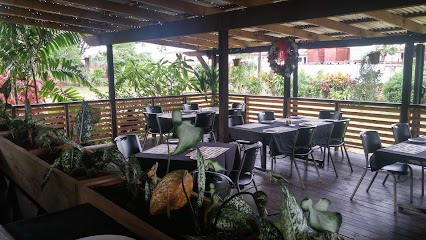
Bistro Tatau Restaurant
Experience the flavors of Samoa at Bistro Tatau Restaurant in Apia - where local ingredients meet culinary artistry.
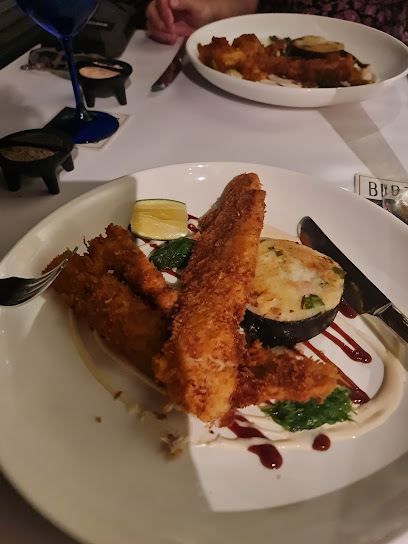
Savaii Lagoon Resort
Discover tranquility and culinary delights at Savaii Lagoon Resort in Fagamalo – your gateway to paradise in Samoa.

Amanaki Restaurant
Experience authentic Samoan flavors at Amanaki Restaurant in Apia – where every meal is a celebration of local culture and culinary excellence.
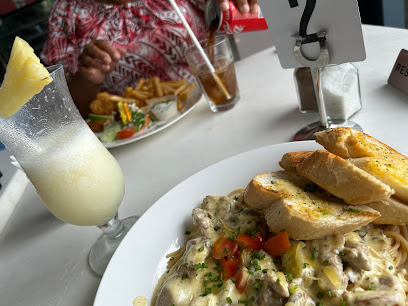
Island Grill - Steak & Seafood
Experience authentic Samoan flavors at Island Grill - where fresh steak meets exquisite seafood in a welcoming ambiance.
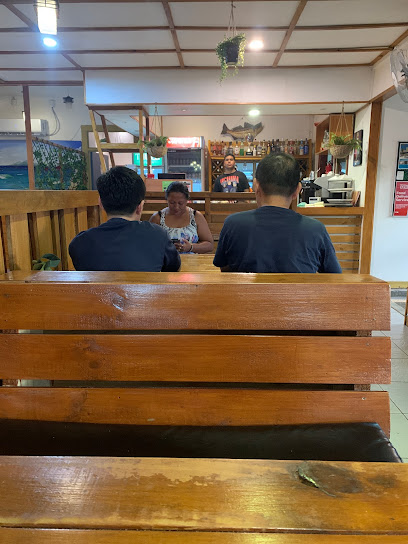
Seafood Gourmet
Experience fresh seafood delights at Seafood Gourmet in Apia Wharf, where every dish celebrates Samoan culinary traditions.

Markets, malls and hidden boutiques
Stevensons at Manase
Experience the ultimate relaxation at Stevensons at Manase, your peaceful retreat in the heart of Samoa's natural beauty.

Pacific Jewell Gift Shop & Garden Café
Explore the charm of Samoa at Pacific Jewell Gift Shop & Garden Café, offering unique gifts and delightful café experiences in a lush garden setting.
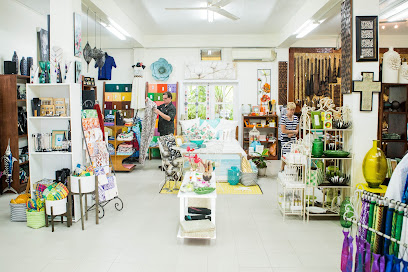
Eveni Carruthers
Explore Eveni Carruthers in Apia for a unique shopping experience featuring local clothing, gifts, and uniforms, all under one roof.

Janet's Samoa
Explore Janet's Samoa: A vibrant gift shop and cultural hub offering unique local crafts and authentic Samoan souvenirs in the heart of Apia.
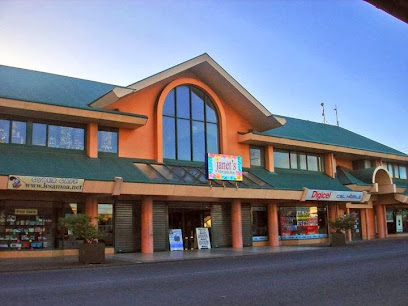
Tanoa Samoa
Explore Tanoa Samoa for a unique blend of traditional and contemporary fashion in the heart of Apia, perfect for tourists and locals alike.
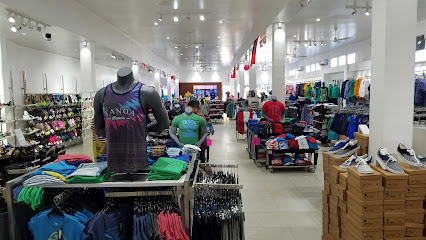
Mailelani Samoa Body Care
Experience the essence of Samoa at Mailelani Samoa Body Care with natural beauty products and unique gifts crafted from local ingredients.
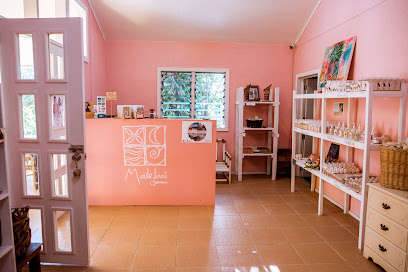
Linettacollections Samoa
Explore the vibrant craftsmanship of Samoa at Linettacollections, your destination for unique home goods and local artistry in Apia.

FIA's minimart & BBQ House
Experience the authentic tastes of Samoa at FIA's Minimart & BBQ House in Vaitele, where local flavors meet warm hospitality.
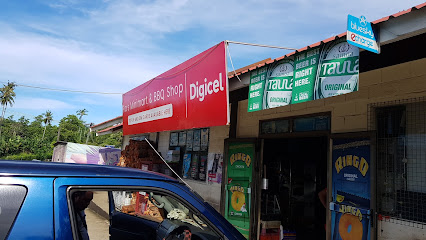
Le Well
Explore Le Well in Apia for unique home goods that celebrate Samoan culture, from crafts to essentials, perfect for every traveler.
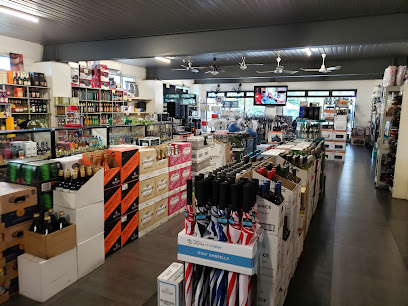
Frankies Hypermarket
Explore Frankies Hypermarket in Vaitele for an authentic shopping experience filled with local flavors and unbeatable prices.
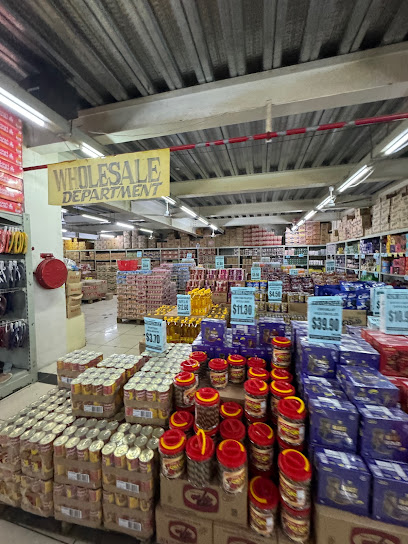
Taefu Taulagi Matafeo Store
Explore Taefu Taulagi Matafeo Store in Asaga for delicious cakes, coffee, and local delicacies in a cozy atmosphere.
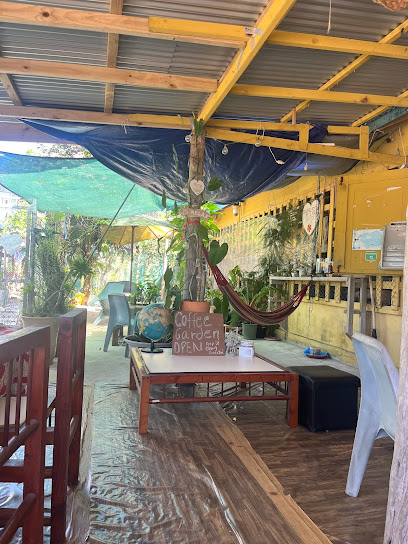
Horizon Surf Samoa
Shop stylish surf apparel and local fashion at Horizon Surf Samoa, your ultimate destination for beach-ready gear in Apia.
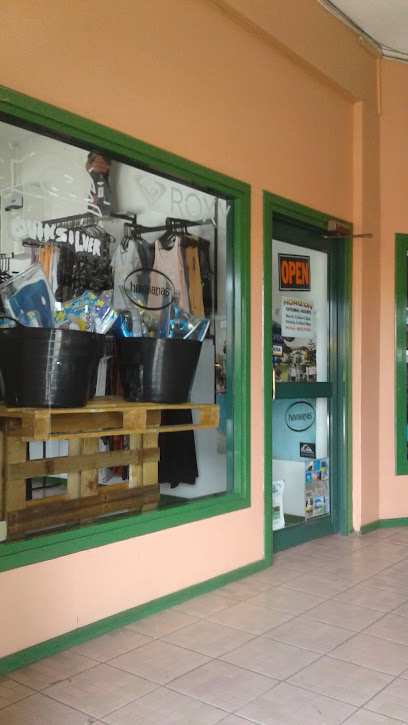
Plantation House
Explore Plantation House in Apia for unique, colorful clothing that embodies the spirit of Samoa's cultural heritage.
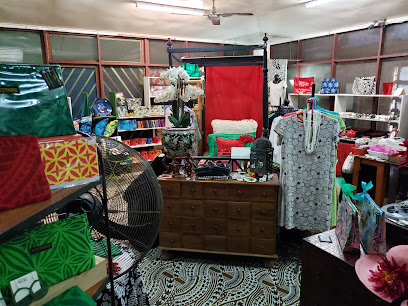
Kirahitto's Convenience Store/ Chicken & Chips
Experience the perfect blend of bakery delights and savory chicken & chips at Kirahitto's Convenience Store in Iva.
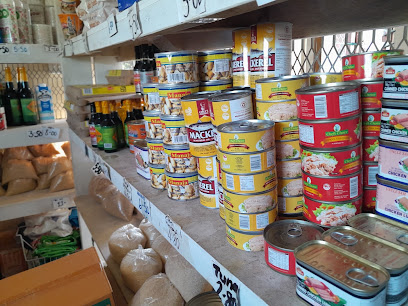
Samoa Lokostyle
Explore the heart of Apia at Samoa Lokostyle, where shopping meets Samoan culture in a vibrant department store experience.
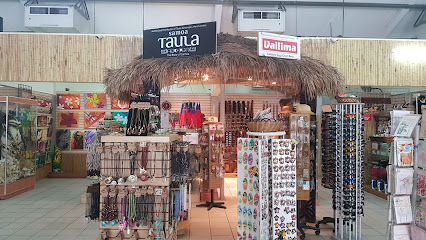
Essential bars & hidden hideouts
Le Lagoto Resort & Spa
Discover the ultimate tropical escape at Le Lagoto Resort & Spa in Savai'i, where luxury meets natural beauty and adventure awaits.
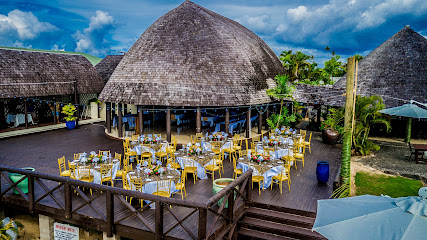
The Edge Marina, Samoa
Discover the charm of The Edge Marina in Samoa, a delightful pub and café offering stunning views, refreshing cocktails, and a taste of local cuisine.
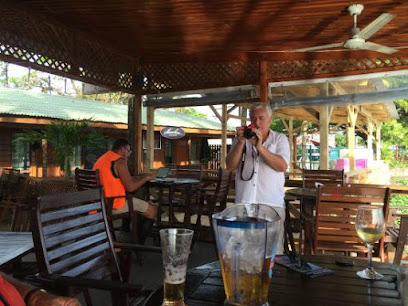
Stevensons at Manase
Discover the beauty and culture of Samoa at Stevensons at Manase, your tropical retreat with stunning views and rich local experiences.

Savai'i Harbourside Café & Pizza Bar
Discover the ultimate dining experience at Savai'i Harbourside Café & Pizza Bar, where delicious pizza meets stunning coastal views in Samoa.
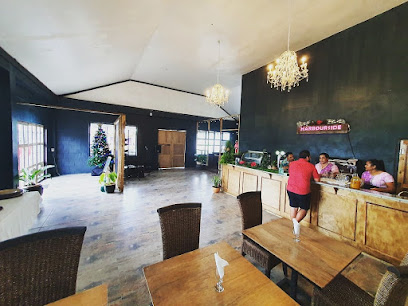
Cocktails On the Rocks
Experience the best cocktails with stunning ocean views at Cocktails On the Rocks in Apia, the heart of Samoa's vibrant nightlife.
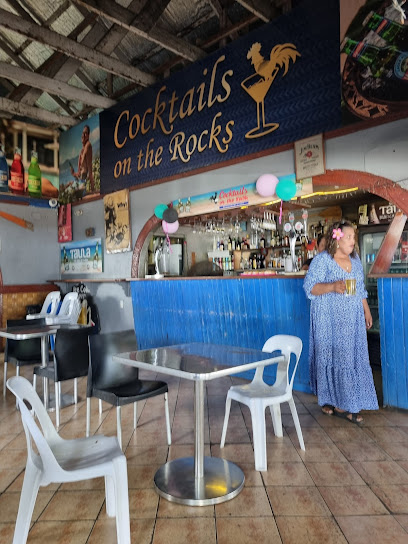
Barefoot Bar and Restaurant
Experience the flavors of Samoa at Barefoot Bar and Restaurant, where fresh ingredients meet stunning ocean views in Fagamalo.
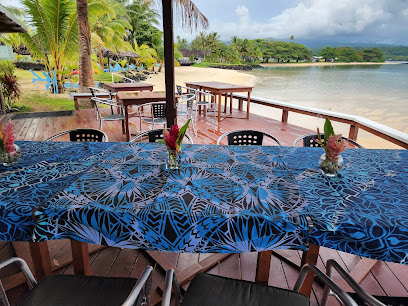
JP Bar
Discover the vibrant nightlife of Apia at JP Bar, where local culture and great drinks come together for an unforgettable experience.
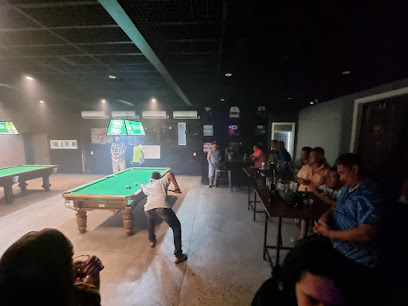
Y-Not Lounge Bar Samoa
Experience the vibrant nightlife at Y-Not Lounge Bar in Apia, Samoa, with delicious cocktails and stunning coastal views for an unforgettable evening.

Kevin sisson
Experience the vibrant local culture at Kevin Sisson Bar in Salua, where relaxation meets community spirit in a stunning tropical setting.

Beachcomber Bar And Restaurant
Discover the flavors of Samoa at Beachcomber Bar and Restaurant, where ocean views and delicious cuisine create an unforgettable dining experience.
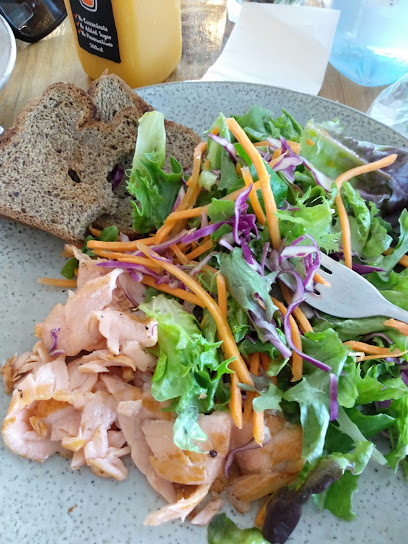
Turtle Lounge Saleimoa, Samoa
Experience the authentic flavors of Samoa at Turtle Lounge in Saleimoa, where culinary excellence meets a warm island ambiance.
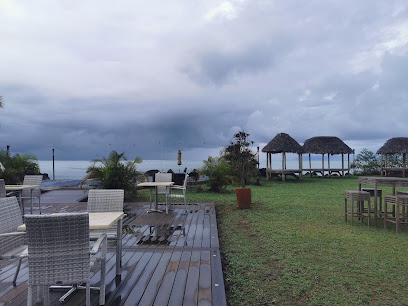
Solent Bar
Discover the vibrant atmosphere of Solent Bar in Mulifanua, where tropical cocktails and stunning ocean views create the perfect escape.

The Pool Bar
Experience the tropical charm and refreshing cocktails at The Pool Bar in Mulifanua, the perfect spot for relaxation and socializing.

Tuxx Bar Samoa
Discover the vibrant nightlife and local culture at Tuxx Bar Samoa, a must-visit destination for tourists in Apia.

Koka Bar
Experience the vibrant nightlife of Apia at Koka Bar, where local culture meets lively atmosphere and delicious drinks.
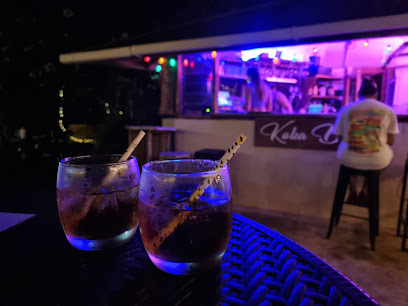
Local Phrases
-
- HelloTalofa
[Tah-loh-fah] - GoodbyeFa
[Fah] - YesIoe
[Ee-oh-eh] - NoLeai
[Leh-eye] - Please/You're welcomeFa'amalie
[Fah-ah-mah-lee-eh] - Thank youFa'afetai
[Fah-ah-feh-tie] - Excuse me/SorryTulou
[Too-loh] - How are you?O a mai oe?
[Oh-ah-mah-ee-oh-eh] - Fine. And you?Lelei. O a oe?
[Leh-leh-ee. Oh-ah-eh] - Do you speak English?E te lelei ona taofi fa'ainglisi?
[Eh teh-leh-ley-ee oh-nah tah-oh-fee fah-ah-eeng-lee-see] - I don't understandE le mafai ona malamalama
[Eh leh mah-fah-ee oh-nah mah-lah-mah-lah-mah]
- HelloTalofa
-
- I'd like to see the menu, pleaseE fia vaega atu i le menu, fa'amalie
[Eh fee-ah vah-eh-gah ah-too ee leh meh-noo, fah-ah-mah-lee-eh] - I don't eat meatE le auai i le kuka pisupo
[Eh leh ah-oo-eye ee leh koo-kah pee-soo-poh] - Cheers!Manuia!
[Mah-noo-ee-ah] - I would like to pay, pleaseE fia soli, fa'amalie
[Eh fee-ah soh-lee, fah-ah-mah-lee-eh]
- I'd like to see the menu, pleaseE fia vaega atu i le menu, fa'amalie
-
- Help!Tulou!
[Too-loh] - Go away!Alu iai!
[Ah-loo ee-eye] - Call the Police!Fa'afeso leoleo!
[Fah-ah-feh-soh leh-oh-leh-oh] - Call a doctor!Fa'afeso foma'i!
[Fah-ah-feh-soh foh-mah-ee] - I'm lostO le a ou te leai
[Oh-leh-ah-oh teh leh-eye] - I'm illO le a ou te mate
[Oh-leh-ah-oh teh mah-teh]
- Help!Tulou!
-
- I'd like to buy...E fia ia...
[Eh fee-ah ee-ah] - I'm just lookingO le a ou tatala
[Oh-leh-ah-oh too-tah-lah] - How much is it?O le a e fai atu?
[Oh-leh-ah-eh fai ah-too] - That's too expensiveO le fa'amoemoe
[Oh-leh fah-ah-moh-eh-moh-eh] - Can you lower the price?E mafai ona fa'atulaga le tau?
[Eh mah-fah-ee oh-nah fah-ah-too-lah-gah leh tao]
- I'd like to buy...E fia ia...
-
- What time is it?O le a e le taimi?
[Oh-leh-ah-eh leh tah-ee-mee] - It's one o'clockE le tasi
[Leh tah-see] - Half past (10)I le itula
[Ee leh ee-too-lah] - MorningTaeao
[Tah-eh-ah-oh] - AfternoonAfiafi
[Ah-fee-ah-fee] - EveningIli
[Ee-lee] - YesterdayAnanafi
[Ah-nah-nah-fee] - TodayAso nei
[Ah-soh neh-ee] - TomorrowAso o le a
[Ah-soh oh leh-ah] - 1Tasi
[Tah-see] - 2Lua
[Loo-ah] - 3Tolu
[Tow-loo] - 4Fa
[Fah] - 5Lima
[Lee-mah] - 6Ono
[Oh-noh] - 7Fitu
[Fee-too] - 8Valu
[Vah-loo] - 9Iva
[Ee-vah] - 10Sefulu
[Seh-foo-loo]
- What time is it?O le a e le taimi?
-
- Where's a/the...?O fea le...?
[Oh feh-ah leh] - What's the address?O le tusi tuatusi?
[Oh leh too-see too-ah-too-see] - Can you show me (on the map)?Mafai ona fa'ailoa mai ia (i le mapa)?
[Mah-fah-ee oh-nah fah-eye-loh-ah mah-ee ee-ah ee leh mah-pah] - When's the next (bus)?O le a e le fa'avae (autalavou)?
[Oh-leh-ah-eh leh fah-ah-vah-eh (ow-tah-lah-vow)] - A ticket (to ....)Tiketi (i le ....)
[Tee-keh-tee (ee leh)]
- Where's a/the...?O fea le...?
History of Manase
-
Manase, located on the north coast of Savai'i, is steeped in history dating back to the early Polynesian settlers. These early inhabitants were master navigators who utilized the stars and ocean currents to traverse the vast Pacific Ocean. They established the village and cultivated the land, which became a fertile ground for taro, bananas, and other staple crops.
-
In the early 19th century, Christian missionaries arrived in Manase, bringing with them new religious beliefs and practices. The London Missionary Society played a significant role in converting the local population to Christianity. This era saw the construction of churches and schools, which became central to village life and education.
-
During the late 19th and early 20th centuries, Samoa came under colonial rule, first by Germany and later by New Zealand. Manase, like other parts of Samoa, experienced changes in governance and infrastructure. The influence of colonial powers is still evident in some of the village's administrative structures and older buildings.
-
Manase played a role in the Mau movement, a non-violent resistance campaign against colonial rule. The movement, which began in the 1920s, sought Samoan independence and self-governance. Many villagers from Manase participated in demonstrations and supported the cause, which eventually led to Samoa gaining independence in 1962.
-
Manase is renowned for its rich cultural heritage and traditions. The fa'a Samoa, or Samoan way of life, is deeply ingrained in the village's social structure. This includes the matai system of chiefly titles, traditional ceremonies, and communal living. The village's fale (traditional houses) and fiafia nights, featuring songs, dances, and storytelling, are key aspects of its cultural identity.
-
In recent decades, Manase has become a popular destination for tourists seeking to experience Samoa's natural beauty and warm hospitality. The village is known for its stunning white-sand beaches, crystal-clear waters, and vibrant coral reefs. Eco-tourism initiatives and small family-run beach fales provide visitors with an authentic Samoan experience while promoting sustainable tourism practices.
Manase Essentials
-
Manase is located on the northern coast of Savai'i, the largest island in Samoa. The nearest international gateway is Faleolo International Airport on the island of Upolu. From there, you can take a taxi or shuttle to the Mulifanua Wharf, which is about an hour's drive. Regular ferries operate between Mulifanua Wharf and Salelologa Wharf on Savai'i, a journey that takes about 1-1.5 hours. Once at Salelologa Wharf, you can take a taxi or a bus to Manase, which is approximately a 45-minute drive.
-
Transportation options in Manase are limited but sufficient for a small village. Local buses run infrequently but can take you to nearby villages and towns. Taxis are available and are a convenient way to get around, though it’s best to agree on a fare beforehand as meters are not commonly used. For more flexibility, consider renting a car or scooter from Salelologa, although driving in Samoa may require an international driving permit. Bicycles are also available for rent and are a popular way to explore the scenic coastal roads.
-
The official currency in Samoa is the Samoan Tala (WST). Credit cards are accepted in some hotels, restaurants, and larger shops, but it is advisable to carry cash, especially in smaller establishments and rural areas. There are a few ATMs in Salelologa, but they may not always be reliable, so it's wise to withdraw sufficient cash before heading to Manase. Currency exchange services are available at the airport and in larger towns.
-
Manase is generally a safe and peaceful destination. However, as with any travel destination, it is advisable to take standard precautions. Avoid walking alone at night in unfamiliar areas and keep an eye on your belongings in public places. Petty theft can occur, so it is best to secure your valuables. There are no specific high-crime areas targeting tourists in Manase, but staying vigilant and aware of your surroundings is always a good practice.
-
In case of an emergency, dial 999 for police, fire, or medical assistance. The nearest hospital is located in Tuasivi, about a 30-minute drive from Manase. It's advisable to have travel insurance that covers medical emergencies. For minor health issues, there are pharmacies in Salelologa where you can purchase over-the-counter medications. Always keep a list of emergency contacts and the address of your accommodation handy.
-
Fashion: Do dress modestly, especially when visiting villages and religious sites. Avoid wearing revealing clothing. Religion: Do respect local customs and traditions. Always ask for permission before entering a village church. Public Transport: Do be respectful and offer your seat to elderly passengers. Don't eat or drink on public transport. Greetings: Do greet people with a smile and a handshake. A respectful nod of the head is also appreciated. Eating & Drinking: Do try local delicacies and accept food offerings graciously. Don't refuse hospitality, as it is considered impolite.
-
To experience Manase like a local, participate in a traditional 'ava ceremony, which is a significant cultural ritual. Visit the local markets in Salelologa to buy fresh produce and traditional Samoan crafts. Engage with locals, who are often friendly and willing to share their stories and culture. Don't miss the opportunity to attend a fiafia night, featuring traditional dance, music, and food. For a unique experience, take an early morning stroll along the beach to watch the sunrise.
Trending Landmark in Manase
-
To-Sua Ocean Trench
-
Piula Cave Pool
-
Palolo Deep Marine Reserve
-
Samoa Cultural Village
-
Giant Clam Sanctuary
-
Robert Louis Stevenson Museum
-
Papaseea Sliding Rocks
-
Afu Aau Waterfalls
-
Alofaaga Blowholes
-
Stevensons at Manase
-
Swimming With Turtles
-
Togitogiga Waterfall
-
Papapapaitai Falls
-
O Le Pupu-Pue National Park
-
Tanu Beach Fales
Nearby Cities to Manase
-
Things To Do in Fagamalo
-
Things To Do in Savai'i
-
Things To Do in Asau
-
Things To Do in Salelologa
-
Things To Do in Falealupo
-
Things To Do in Mulifanua
-
Things To Do in Apia
-
Things To Do in Lalomanu
-
Things To Do in Leone
-
Things To Do in Pago Pago
-
Things To Do in Tafuna
-
Things To Do in Fagatogo
-
Things To Do in Aua
-
Things To Do in Ha'ano
-
Things To Do in Pangai









